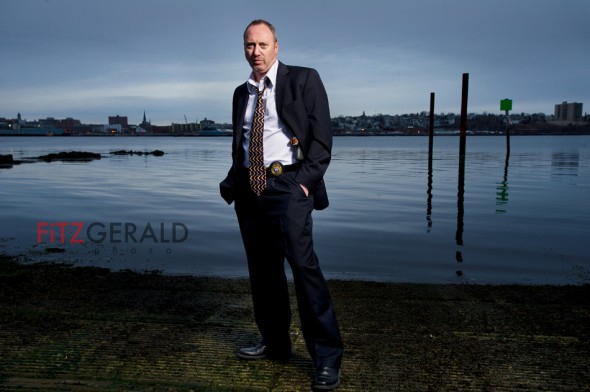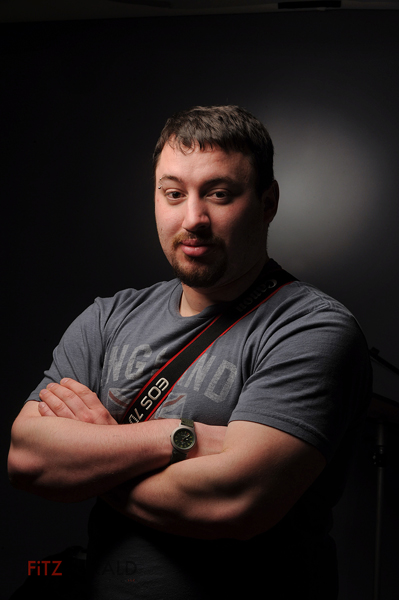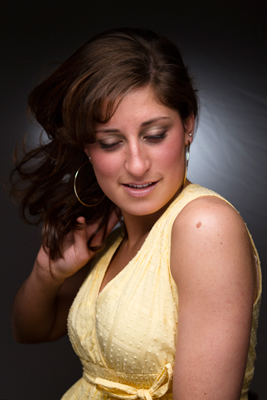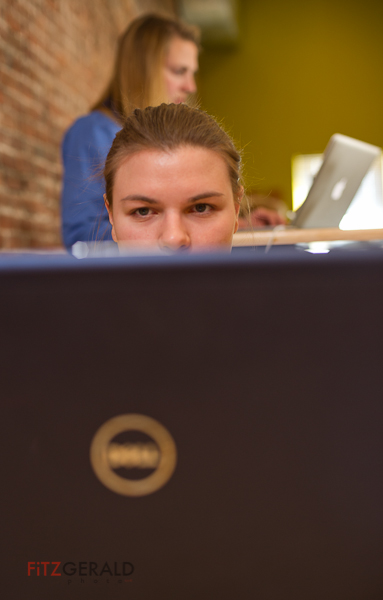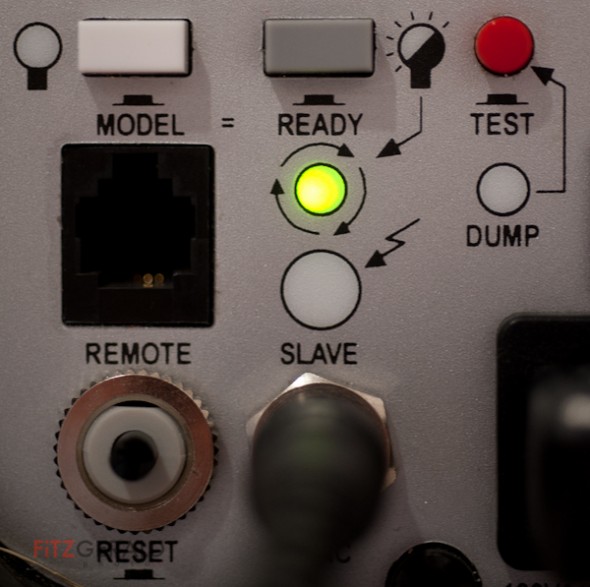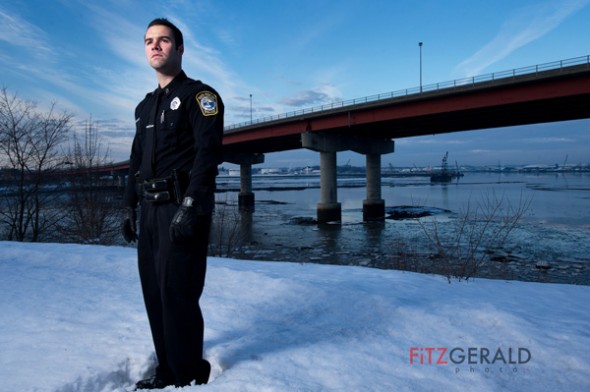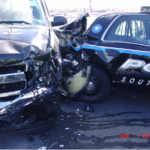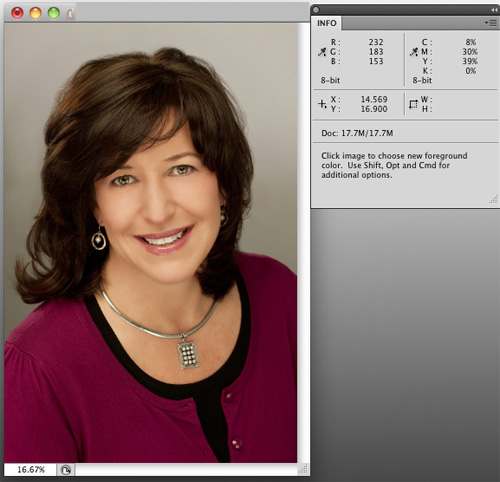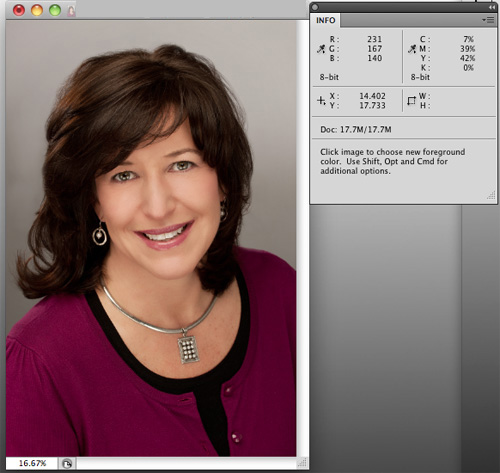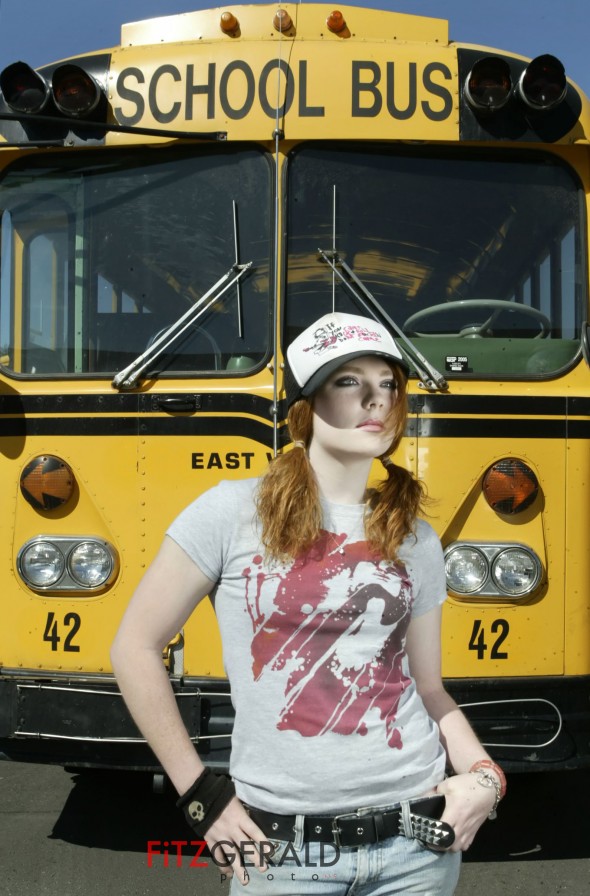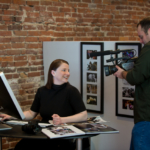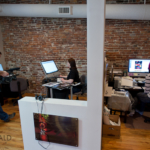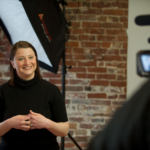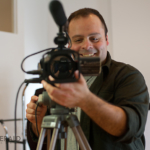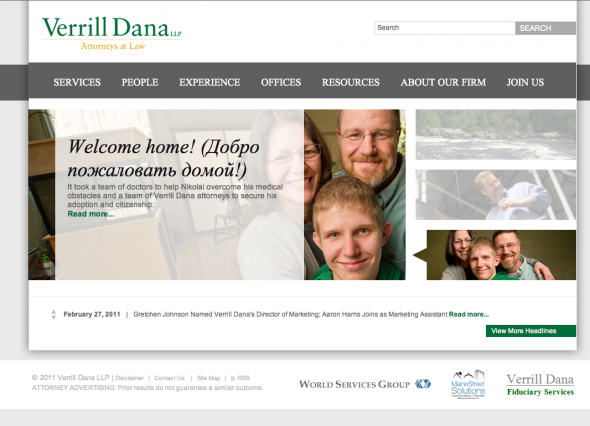
I met the folks at Portland-based law firm Verrill Dana last year. The firm was in the middle of a complete web redesign of their site, and needed photos—lots of them. Verrill Dana is one of the largest law firms in northern New England, with offices in Maine, Boston, Connecticut and Washington, DC.
The firm already had professional headshots of most of the their 100+ attorneys, but needed updated versions. In addition, they wanted to showcase more of each attorney’s personality: on each bio page they would run three black-and-white candid photographs of each person in their work environment, engaged in normal interaction.
We met and came up with a plan to tackle the job. The formal portraits would be taken over the course of weeks and would be shot in Portland, Boston and in our studio—but they had to look consistent, as if they were taken all at the same time. The candids needed to be purposful but natural, orchestrated but spontaneous-looking.
I started by photographing some test “attorneys” in a variety of ways to provide some different looks. Once the artistic vision was decided on, we arranged shoot dates and makeup days, then got to work. The shooting days went very smoothly, primarily because the marketing team at Verrill Dana is so well-organized. Although small issues always come up in the course of shooting, a bit of flexibility and a solid team can easily overcome them. My years as a photojournalist helped me move quickly and roll with the punches, too.
We love Verrill Dana’s new site, launched earlier this month. It’s inviting, clean and filled with nice touches, like being able to view an image of each attorney just by mousing over their name. Congratulations, Verrill Dana!

